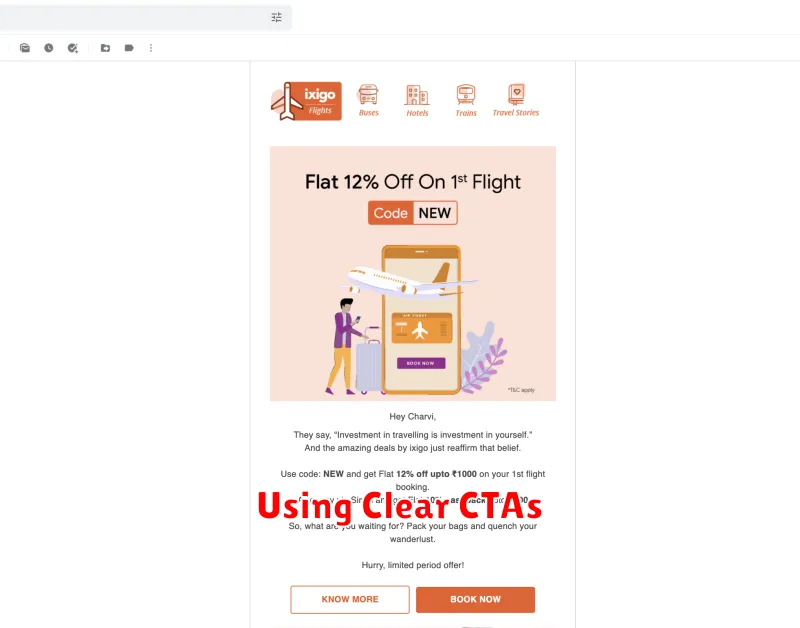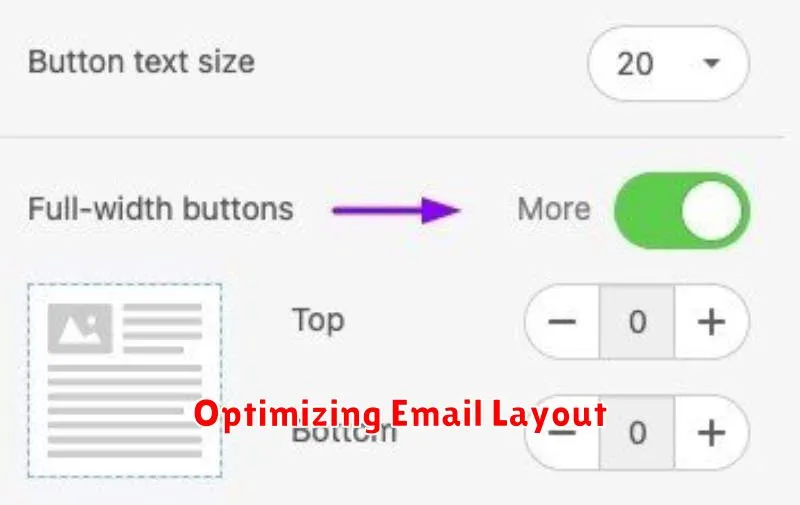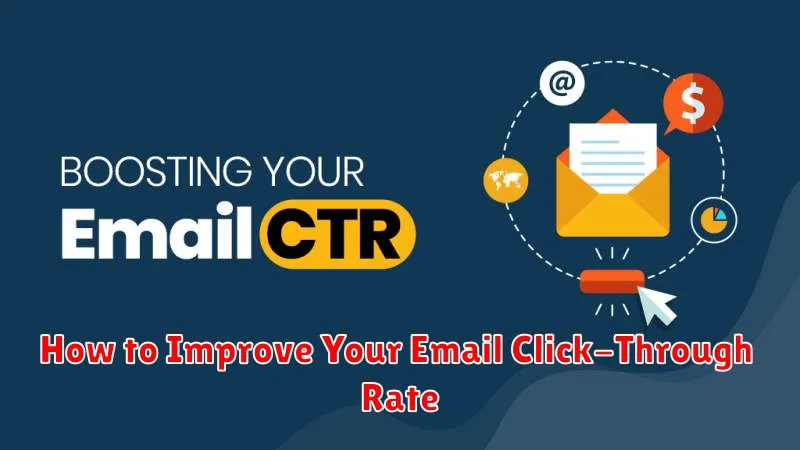Are you tired of sending emails that go unopened or, even worse, unopened and unclicked? A low email click-through rate can be frustrating, signaling missed opportunities and a disconnect with your audience. This article will delve into the essential strategies you need to implement to significantly improve your email click-through rate. We will cover compelling subject lines, engaging email content, effective call-to-actions, and the importance of segmentation and personalization. Learning to optimize these key elements is crucial for any successful email marketing campaign.
Improving your email click-through rate is not just about vanity metrics; it’s about driving conversions and achieving your business objectives. Whether you’re promoting a product, sharing valuable content, or building brand awareness, a higher click-through rate translates to greater engagement and a stronger return on investment. This comprehensive guide will provide actionable steps to help you craft clickable emails that resonate with your target audience, leading to increased traffic, conversions, and ultimately, success.
Why CTR Matters in Email
Click-through rate (CTR) is a critical metric in email marketing. It represents the percentage of recipients who click on at least one link within your email. A higher CTR indicates a more engaged audience and a more effective email campaign.
Why is this important? A strong CTR directly correlates with several key marketing objectives:
- Increased Conversions: More clicks mean more opportunities for recipients to take desired actions, such as making a purchase, downloading a resource, or signing up for a webinar.
- Improved Sender Reputation: Email providers like Gmail and Outlook use engagement metrics like CTR to assess the quality of your emails. A higher CTR can improve your deliverability and prevent your emails from landing in spam folders.
- Better ROI: By driving more traffic to your website or landing pages, a higher CTR can contribute directly to a better return on your email marketing investment.
- Data-Driven Optimization: Tracking CTR provides valuable insights into what resonates with your audience, allowing you to refine your email content and targeting strategies.
By focusing on improving your CTR, you’re not just increasing clicks; you’re cultivating a more engaged audience, boosting your sender reputation, and ultimately driving better results from your email marketing efforts.
Writing Action-Oriented Copy
Action-oriented copy encourages readers to take immediate action. It’s crucial for improving your email click-through rate. Instead of passively describing features, focus on the benefits readers receive by clicking. Use strong verbs that create a sense of urgency and excitement.
For example, instead of writing “We have new products,” try “Discover our newest arrivals today!” The second option is more compelling and provides a clear call to action. This encourages engagement and drives clicks.
Consider using words like “Get,” “Claim,” “Discover,” “Explore,” and “Learn” to prompt immediate action. Frame your call to action as a benefit rather than a demand. For instance, “Unlock exclusive discounts” is more persuasive than “Click here.”
Using Clear CTAs

A compelling call to action (CTA) is crucial for driving clicks. A vague or confusing CTA can leave your subscribers unsure of what to do next, significantly impacting your click-through rate. Clarity is key. Your CTA should clearly communicate the desired action you want recipients to take.
Use action-oriented language. Start with strong verbs like “Download,” “Register,” “Shop,” or “Learn More.” Specificity is also important. Instead of a generic “Click Here,” tell subscribers exactly what they’ll get by clicking, such as “Download Your Free Guide” or “Register for the Webinar Now.”
The design of your CTA button also plays a significant role. Make it visually prominent by using a contrasting color that stands out from the rest of the email. Ensure the button size is large enough to be easily tapped on mobile devices. Keep the button text concise and easy to read.
Segmenting Your Audience
One of the most effective ways to improve your email click-through rate is by segmenting your audience. This means dividing your subscriber list into smaller, more specific groups based on shared characteristics.
By sending targeted emails to specific segments, you can significantly increase engagement. Instead of a generic message blasted to everyone, segmented campaigns deliver content relevant to each group’s interests and needs. This leads to higher open rates, more clicks, and ultimately, better conversions.
Some common criteria for segmentation include:
- Demographics (age, location, gender)
- Past purchase behavior
- Website activity
- Email engagement (opens, clicks)
Even basic segmentation can have a positive impact on your click-through rate. By tailoring your message, you’re providing more value to your subscribers and increasing the likelihood they’ll click through to your desired destination.
Optimizing Email Layout

A well-optimized email layout is crucial for improving click-through rates. A confusing or cluttered layout can deter recipients from engaging with your content. Prioritize a clean and easy-to-navigate design.
Consider using a mobile-first approach when designing your email layout. Many individuals check their email primarily on their smartphones. Ensure your email renders correctly and is easily readable on smaller screens. Test your email across various devices and email clients.
Strategically place your call to action (CTA). Make it prominent and visually appealing. Use concise and actionable language for your CTA button. Place it above the fold if possible, so recipients see it immediately without scrolling. Multiple, clearly defined CTAs can be effective if they align with the email’s content and guide the reader towards desired actions.
Testing Link Placement
The placement of your links within your email significantly impacts your click-through rate. Strategic placement encourages clicks, while poor placement can lead to them being overlooked.
Consider these factors when deciding where to place your links:
- Above the Fold: Placing a prominent call to action with a link “above the fold” (the portion of the email visible without scrolling) can capture immediate attention.
- Contextual Links: Embed links within the body of your email copy where they are relevant to the surrounding text. This provides context and encourages clicks from engaged readers.
- Call to Action Buttons: Buttons are visually appealing and make clicking easy. Use them strategically for key calls to action.
A/B testing is essential for optimizing link placement. Try different variations and analyze the results to determine which positions yield the highest click-through rates for your audience.

